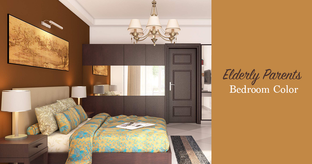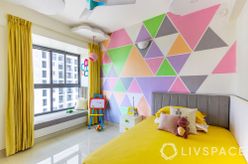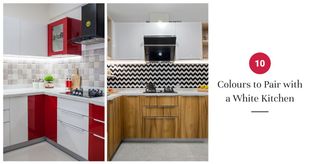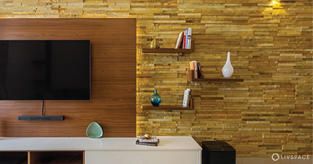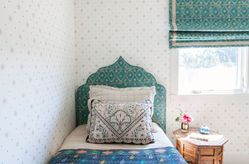Few things are as subjective and personal as color preferences. Depending on the differing perspectives of family members, choosing a color scheme for your home can be exciting and daunting at the same time. Picking out a color scheme out of hundreds of choices can be really difficult. You might like a color, but you might not be sure whether it will work for your walls or not.
An easy way to understand which colors go together is to refer to the color wheel. In times of uncertainty, the color wheel is your messiah. To help you understand how this amazing tool works, here are four types of color schemes you can create using the color wheel.
1. Complementary Color Schemes
Colors that are opposite each other on the color wheel are called complementary colors. These bi-color schemes create eye-catching effects since both the colors contrast with each other.
Examples:
- Orange and blue
- Red and green
- Yellow and violet
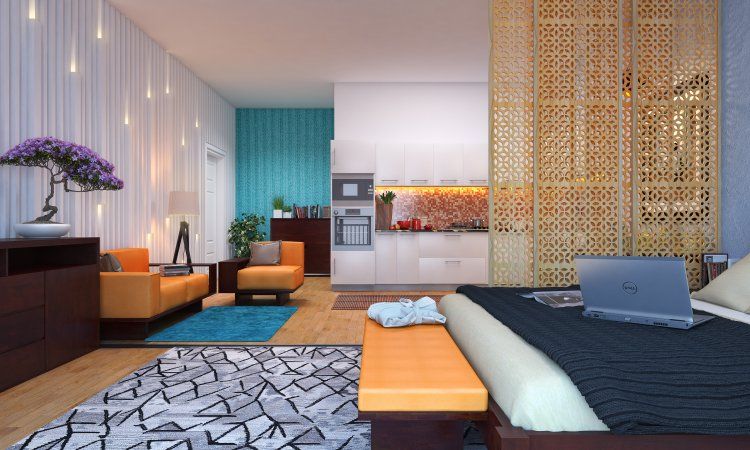
One way to work with complementary schemes is to use one color liberally and use the second as accents. Alternatively, you could ground the room using neutrals (browns, greys and whites) and add complementary colors to create visual interest.
2. Analogous Color Schemes
Colors that are beside each other on the color wheel, are called analogous colors. Since these colors are closely related to each other, analogous color schemes usually create soothing, peaceful rooms.

For analogous schemes, you can choose two colors as the dominant shades and use the third one as accents.
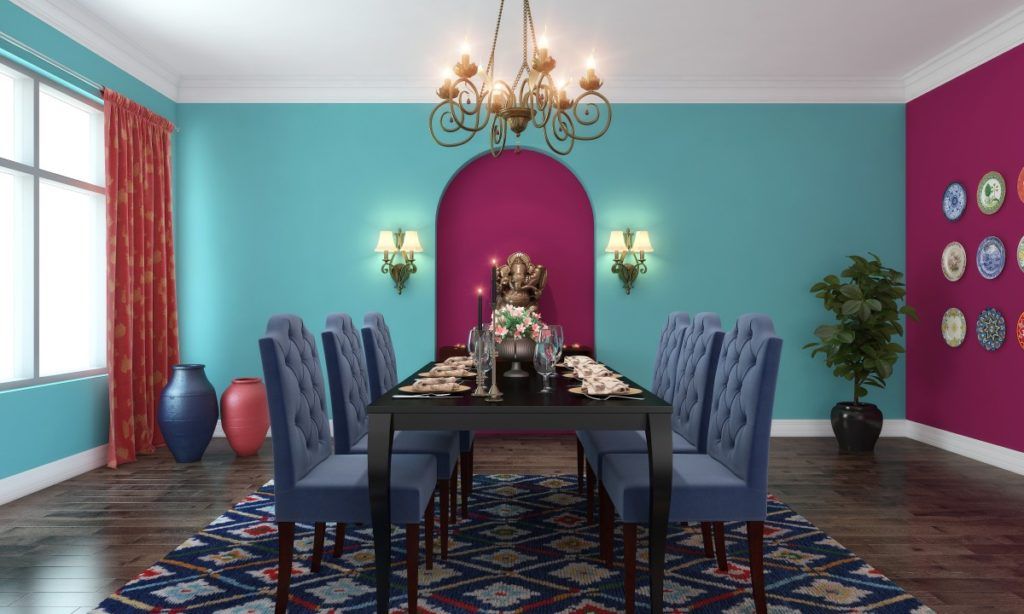
Sometimes, you can even break the rules a bit and skip ahead to include another color. As long as the colors are within the same quadrant of the color wheel, the scheme will look good .
3. Triadic color schemes
Colors that form a triangle on the wheel can be used to form triadic schemes. These contrasting colors add an energetic or vibrant palette to the four walls of your home.
Examples:
- Red, yellow, blue
- Orange, purple, green
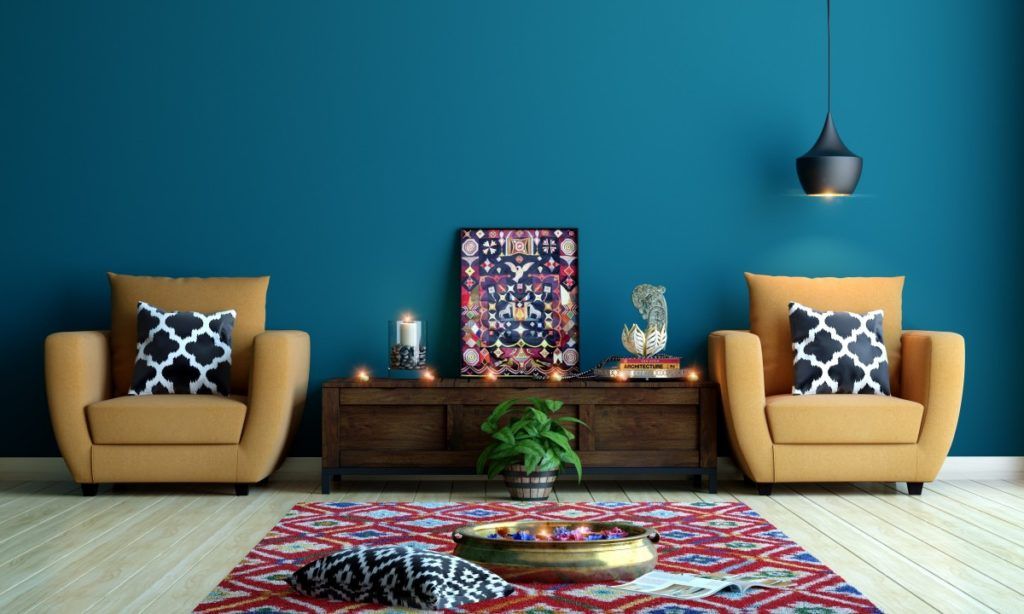
4.Monochromatic Color schemes
This scheme uses one color and goes through its different shades, tones or tints adding interest and depth.
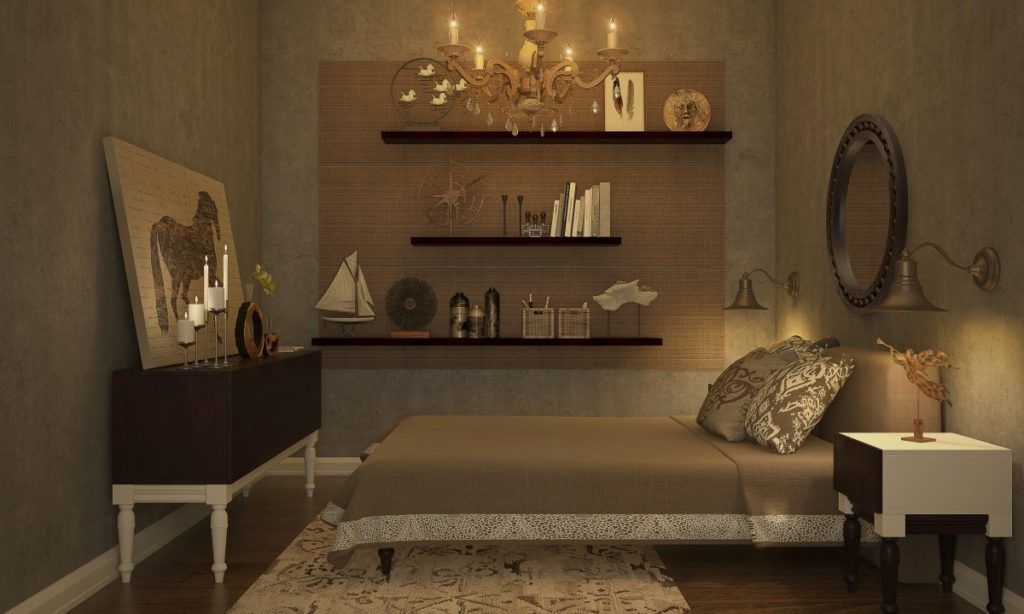
Decorating with monochromatic schemes is quite simple. If you decide to choose the color grey or green, you could select a lighter shade for the ceiling, another color for the three walls and an accent for the fourth wall. Simultaneously you could work around the furniture or wall frames in a similar pattern.
Things to consider while choosing a color scheme
Apart from the pointers mentioned above, here are a few other handy tips.
- Getting a color or tone of your choice is not a huge deal, but getting the right furnishing definitely is. First choose items like rugs, furnishings or wall frames that will gel with your choice of wall paint to avoid difficulties later.
- If you love contrasts but you’re a little reluctant about going too bold with the walls, then consider keeping the walls neutral and add pops of color through vases, sofa sets or curtains. But if you’re a person who loves bright walls, then you could work the other way around.
- Light plays a crucial role in enhancing the wall color in your home. Whether it’s natural light during the day or the lights used at sunset, different lighting can change the appearance of the wall paint. For example, the warm yellow-orange incandescent light can make reds and orange look vivid while blue and greens will look muted.
So the next time you’re decorating, using the color wheel to create stunning, no-fail schemes for your home!





















